You are here
Back to topMango Prices in China See Sharp Rise in November
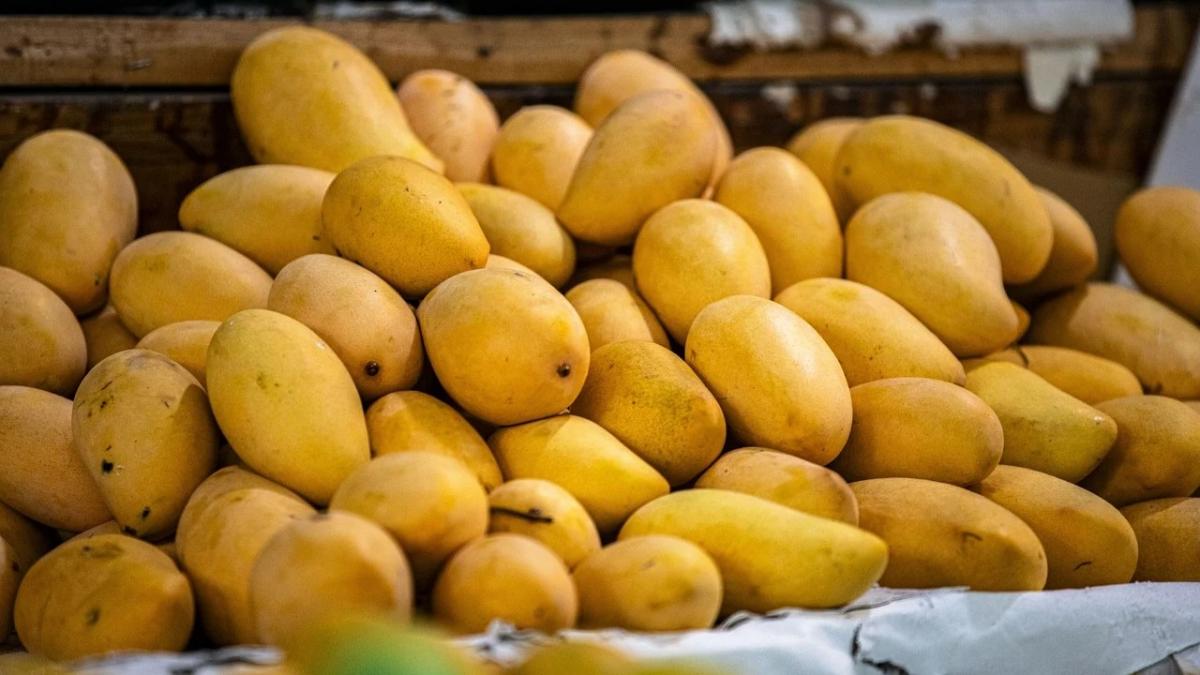
In November, China’s domestic mango supply was limited, with the fruit primarily sourced from Hainan alongside smaller contributions from high-altitude regions in Yunnan and Sichuan provinces. Nationwide production for the month totaled approximately 20,000 metric tons, and the main varieties available were Jinhuang (金煌), Tainong (台农), Guifei (贵妃) and Keitt. Owing to the limited supply, farm gate prices surged to three to four times the peak levels recorded between June and August. The average wholesale price in producing regions rose to 11.5 Chinese yuan ($1.58) per kilogram, representing a 12.3% increase compared with the same period of last year.
Hainan’s production faced challenges due to heavy rainfall between September and November, disrupting crop management and affecting both fruit quality and market demand. A significant portion of the harvest is anticipated to reach the market after the Tomb Sweeping Festival in April 2025. This delay has constrained efforts to boost market supply in the short term, keeping prices elevated. Historically, domestic mango prices tend to follow a seasonal pattern, with higher prices in winter and lower prices in summer.
In November, the national mango wholesale price fluctuated between 10.58 yuan ($1.45) and 11.86 yuan ($1.62) per kilogram, showing an overall upward trend, with a 1.4% increase compared with the same month of last year. Prices varied by region, with Heilongjiang province seeing a significant price increase of 87.9%, while several provinces and cities witnessed increases exceeding 10%. By contrast, Guangxi saw a decrease of 4.8%. These regional differences reflect varying supply/demand conditions: northern markets rely on shipments from southern China during the winter, and greater transportation costs and losses contribute to higher prices, while markets in the southern production regions are much more competitive, leading to downward price fluctuations.
According to data from China Customs, in the first 10 months of 2024, China exported a total of 87,835 metric tons of mangos worth $108.57 million. The export volume and value increased by 108% and 107%, respectively, compared with the same period of last year. Monthly mango export volumes displayed significant fluctuations. January saw the lowest point with an export volume of 929 metric tons, which gradually increased before peaking in July at 24,635 metric tons. Exports then declined again, with October’s volume reaching 3,632 metric tons. These fluctuations were influenced by the interplay of domestic and international supply/demand cycles. In the middle of the year, as the Northern Hemisphere entered summer, a peak period for fruit consumption, Chinese mangos attained a higher market share overseas on account of their quality and price advantages, leading to a surge in the export volume.
In terms of export destinations, Vietnam was the top recipient of Chinese mangos during the 10-month period with an export volume of 48,158 metric tons, accounting for 54.8% of the total, at an average price of $864.72 per metric ton. Russia ranked second, importing 12,755 metric tons or 14.5% of the total, at an average price of $1,621.93 per metric ton. Hong Kong came in third with an export volume of 11,273 metric tons, representing 12.8% of the total, at an average price of $2,029.25 per metric ton. Asia remains the core market for China’s mango exports, driven by geographical proximity and strong consumer demand. In particular, Russia, Kyrgyzstan and other markets have shown robust demand for Chinese mangos, fueling significant export growth.
Image: Pixabay
This article was translated from Chinese. Read the original article.



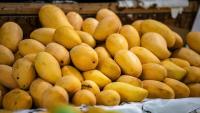
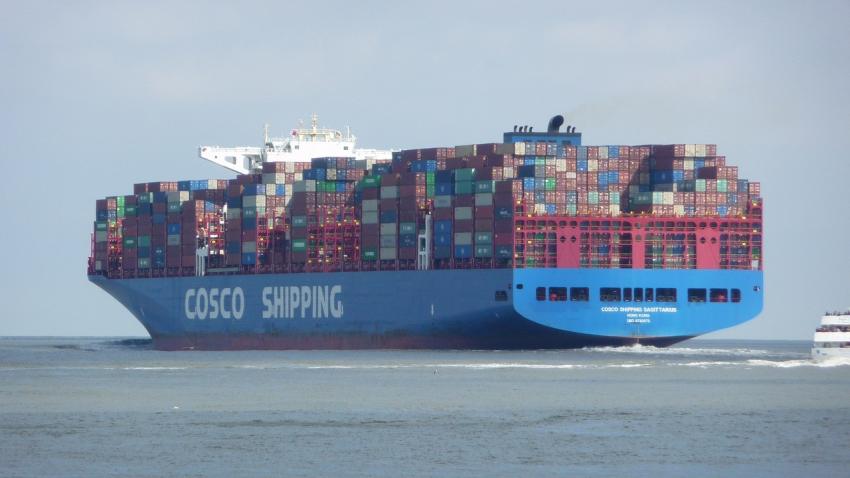
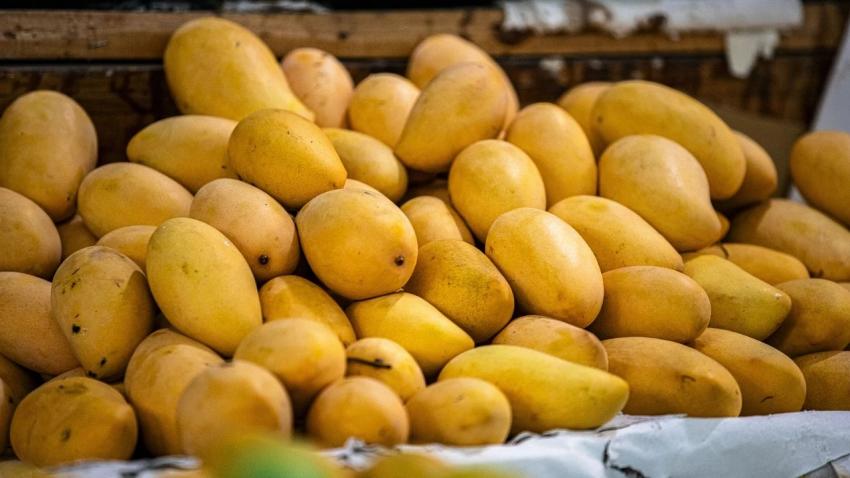
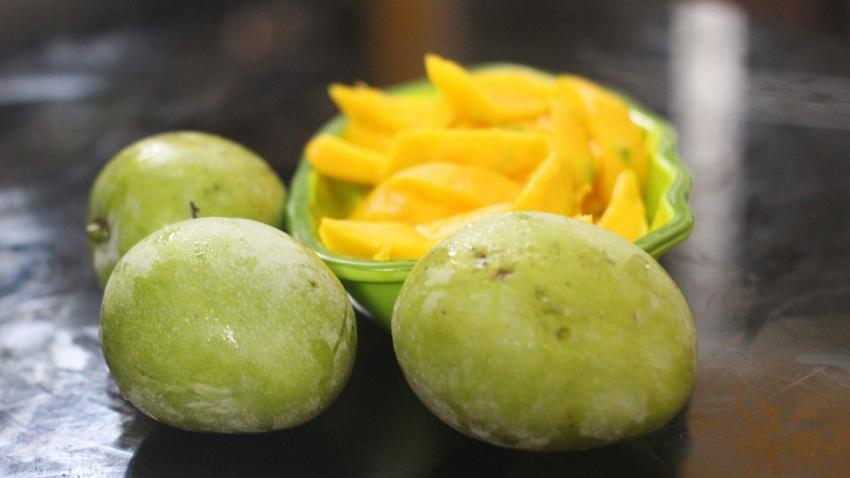
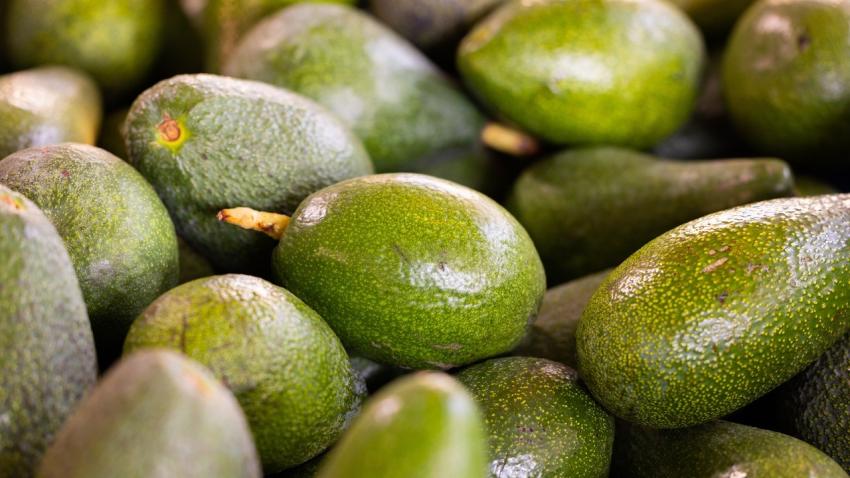







Add new comment